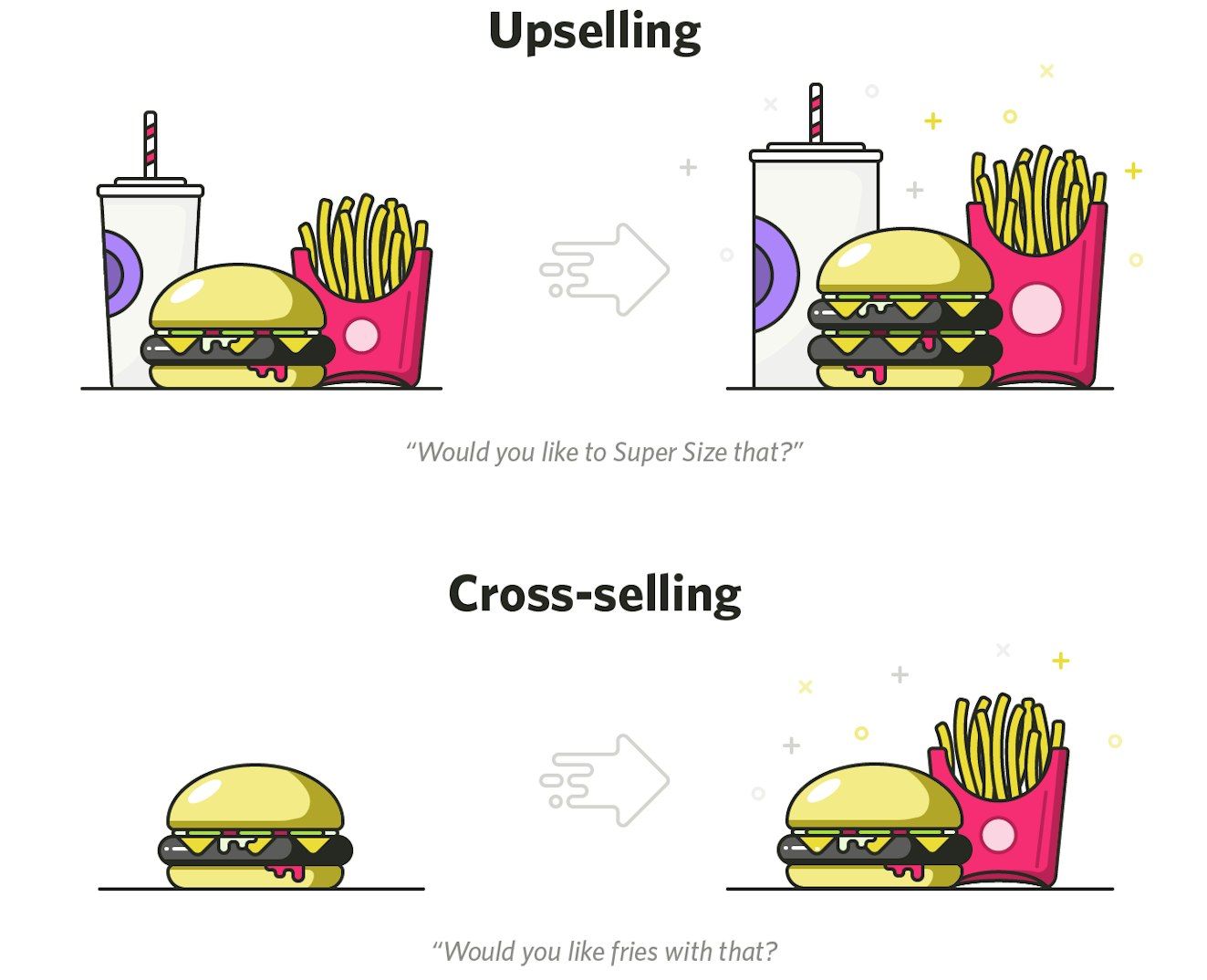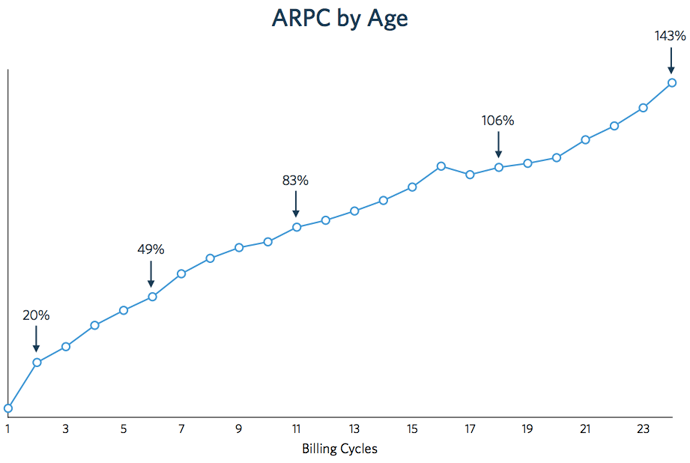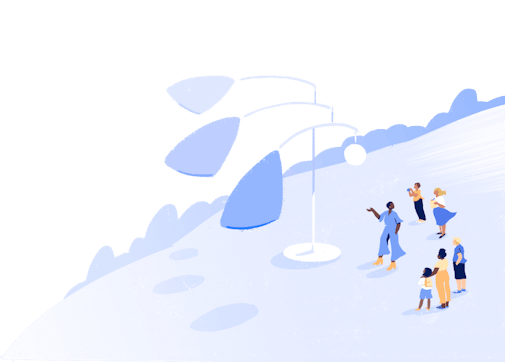For too long, and like more than a handful of other tech companies, we patted ourselves on the back for achieving success without a dedicated sales team.
Product people and customer-centric companies tend to make this assumption that sales is, at best, antithetical to their culture, and at worst, sleazy. We’ve come to believe that’s a poor assumption.
What is upselling?

Upselling is a sales approach that generates revenue by encouraging customers to get more value out of a product through an upgrade. Cross-selling is similar, but refers to customers purchasing an ancillary product, or expansions and add-ons to a core product.
A successful upsell is dependent on making the customer aware of the increased value they will be getting. Often, customers simply don't know that other options exist, or they don’t clearly understand what these additional products do and how they complement their existing workflow.
It’s safe to say upselling, like the rest of an effective sales process, is firmly rooted in education, trust, and building genuine relationships. When you know how customers are struggling, you’ll know exactly what to offer.
A customer-first approach to upselling
While we don’t want to reinvent the wheel, we’re experimenting with a thoughtful, customer-first approach to sales. Currently, our customer development team members earn a salary, not a commission. No incentives compel them to reach out to a lead that comes in at 4:30 p.m. on a Friday afternoon — it can wait until Monday morning. Nor are there any incentives to reach out to anyone for whom the pros of upgrading don’t outweigh the cons.
Doing right by our customers is priority numero uno, so we don’t attempt to upsell unless it makes sense for our customer’s business.
“We approach it as if we were a consultant for your business,” says Tim Thyne, head of customer development at Help Scout. “Our job in sales, first and foremost, is to understand the way your business operates and the processes and tools you have in place. Then we can recommend how best to proceed and help navigate the transition. Sales isn't about convincing you to use Help Scout. It's about helping you understand your options and being your personal concierge through the process.”
Letting the product upsell itself

Average revenue per customer, by number of billing cycles: Help Scout’s expansion revenue primarily comes from customers adding more users to their accounts over time.
Since Help Scout’s primary expansion revenue is based on seats (our product costs another $20/month for every team member added to the Standard plan or $35/month per team member on the Plus plan), upselling tends to happen on its own — customers add more team members when it makes sense for them.
When we do explicitly sell, our approach is more akin to cross-selling: rather than offer a bigger and better version of what you’re already using, we offer different plans with higher-level features you may need as your company grows.
“Our philosophy is that if we create a great product across all tiers, our plans can move with you as you grow, but we’re not forcing you to upgrade,” Tim says. “It’s a natural process.”
Upselling for mutual success
When Help Scout introduced the Plus plan, we only reached out to customers who we felt would profit from upgrading. “I try to get it down to a dollar figure,” says Help Scout CEO Nick Francis, who conducted a number of Plus plan demos. “Is it really adding more value than the cost of the upgrade?” Even though we were essentially asking these folks to pay double, by identifying the right potential buyers, we were able to get 25 percent of them to upgrade to Plus.
“It’s not often you call up someone and ask them to pay double and they’re okay with it,” Nick says. “I never feel bad about selling when it ties directly back to business value for the customer.”
This is hardly novel; Seth Godin recommended leveraging “your permission into a profitable situation for both of you” in 1999’s Permission Marketing. In the end, you’ll only alienate customers who are paying double what they were but who aren’t seeing more than twice the business value.
Okay, but is it working?
Because our expansion revenue is based primarily on
adding new users to existing accounts and
upselling only when it makes business sense for the customer
… as opposed to
convincing people to sign up for a free plan and
hounding them to upgrade or purchase add-ons at every level
… our customers tend to trust us. They add more users as needed and upgrade when it makes business sense. That trust is reflected in the numbers.

Without getting too bogged down in the data: Negative net MRR churn is good because it means there’s more expansion revenue than churn. MRR churn consistently less than two percent for any SaaS company is fantastic.
At least at this stage in our growth, in other words, we’re doing all right.
Revenue is a byproduct
We’re betting that by focusing on our customers’ success, they’ll want to keep growing with us.
The idea is to create value before asking for anything in return.
If we’re focused on the upsell, we’re not focused on making our customers happy and successful.
Are we being unrealistic with our commission-less sales model? We hope not, but time will tell. Could we be making more money if we put profit ahead of what’s best for our customers? Probably, at least in the short term. But when our mission is to help our customers build a company people love, profit can’t be the goal to optimize for directly. Our customers’ success is our north star — not revenue.



